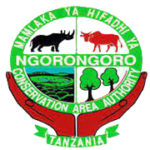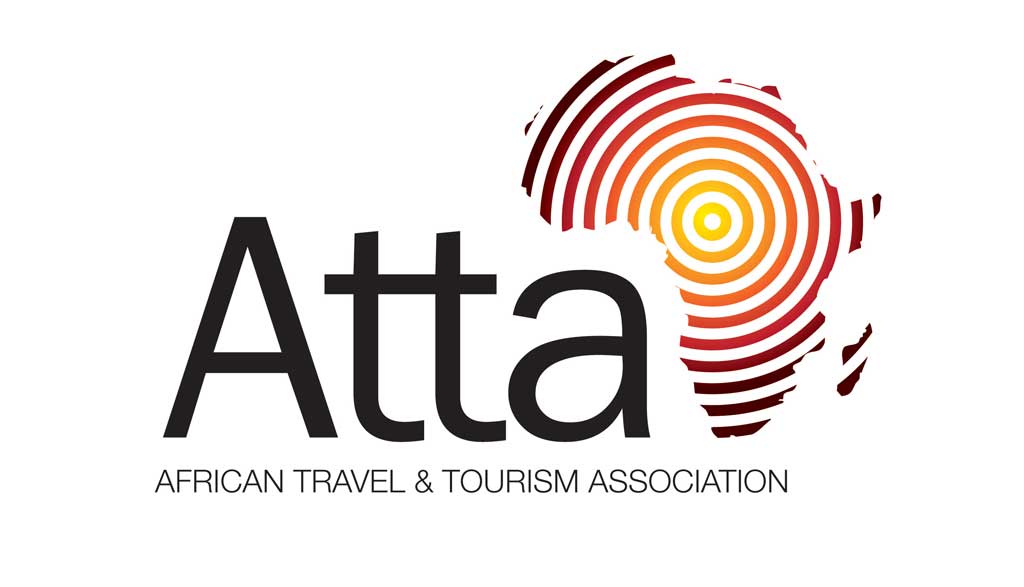Tanzania Safari Destinations
Mahale Mountain National Park
Mahale Mountain national park is situated on the beaches of Lake Tanganyika. The Mahale Mountain National Park has got its name from the mountain range that is lying in its borders. Apart from Gombe, Mahale is the only protected place of Tanzania for the chimpanzees.
Mahale Mountains is better known due to its larger size. However, the park is situated in the remote location of the Western Circuit Tanzania. The Mahale Mountain National Park offers a great opportunity to explore chimps just Like Gombe National Park. The national park is also a great place to spot some lions .
It is known as the only place in the country where chimpanzees and lions co-existed. Another iconic fact that makes the national park an iconic place is it allows travelers to explore its landscape on foot.
The national park covers the 1613 sq km area and holds truly tranquil surroundings. The park offers spotting 1700 chimpanzees along with various more primate life. The Mahale Mountain national park is home to a research center, which is known for its ongoing research on chimpanzees. The research is one of the longest researches that are going on, it’s continuing since almost 4 decades. While visiting the national park, make sure to dress up properly. You can get a great hiking experience through the mountain ranges of the national park. You can opt for a hat, long trousers, and hiking boots. The Mahale Mountain national park offers more than 350 species of birds. Here are few of the most notable birds of the national park;
They were removed from the area by the wildlife development department in 1979. The area was being free from the local habituation for the establishment of a wildlife research Centre. As the Mahale Mountain National Park is on the shorelines of Tanganyika it offers some stunning view to capture. Get your camera ready for capturing some stunning view of the Lake along with the mist-covered Nkungwe Mountain.
Gombe Stream National Park
An excited whoop erupts from deep in the forest, boosted immediately by a dozen other voices, rising in volume and tempo and pitch to a frenzied shrieking crescendo. It is the famous ‘panthoot’ call: a bonding ritual that allows the participants to identify each other through their individual vocal stylizations. To the human listener, walking through the ancient forests of Gombe Stream, this spine-chilling outburst is also an indicator of imminent visual contact with man’s closest genetic relative: the chimpanzee.
Its chimpanzees – habituated to human visitors – were made famous by the pioneering work of Dr. Jane Goodall, who in 1960 founded a behavioural research program that now stands as the longest -running study of its kind in the world. The matriarch Fifi, the last surviving member of the original community, only three-years old when Dr. Jane Goodall first set foot in Gombe, born 1958 and died in 2004.
Chimpanzees share about 98% of their genes with humans, and no scientific expertise is required to distinguish between the individual repertoires of pants, hoots and screams that define the celebrities, the powerbrokers, and the supporting characters. Perhaps you will see a flicker of understanding when you look into a chimp’s eyes, assessing you in return – a look of apparent recognition across the narrowest of species barriers.
The most visible of Gombe’s other mammals are also primates. A troop of beachcomber olive baboons, under study since the 1960s, is exceptionally habituated, while red-tailed and red colobus monkeys – the latter regularly hunted by chimps – stick to the forest canopy. The park’s 200-odd bird species range from the iconic fish eagle to the jewel-like
Peter’s twin spots that hop tamely around the visitors’ centre. After dusk, a dazzling night sky is complemented by the lanterns of hundreds of small wooden boats, bobbing on the lake like a sprawling city..
Rubondo Island National Park
Rubondo Island national park has a size of 240 km². It is only one of two Tanzanian national parks located on an island in Lake Victoria, the world’s second-largest lake. It is located in the southwest corner of the lake. Rubondo became a game reserve in 1965, to provide a sanctuary for animals. Tanzania gazetted Rubondo in 1977 as a national park. It is uninhabited and consequently 90% of the island remains forest today. With nine smaller islands under its wing, Rubondo also protects precious fish breeding grounds.
Rubondo Island offers many deserted sandy beaches that border directly on the forest. Here you will find bushbucks, which move smoothly and silently through the labyrinth of tamarind, palm trees and sycamore figs. The shaggy-coated aquatic sitatunga, which lives by the water, with its distinct webbed feet, can be observed particularly well here. Savory tilapia (Oreochromis niloticus) are the main food of the yellow-spotted otters that hunt around the island’s rocky bays, while the predatory Nile perch, weighing up to 100 kg, is a tempting challenge for hungry fishermen in Rubondo Island national par.
Birds are omnipresent on the island and make the Rubondo National Park an insider tip for ornithologists. More than 400 species have been registered over the years. Flocks of African gray parrots, which were once released on the island, flutter around excitedly and chirp in different tones. Herons, storks and spoonbills breed in large numbers in the swampy bank areas. Thousands of Eurasian migratory birds join them every year.
Apart from the birds, you can spot Sitatunga, Elephants, Giraffes, Hippos, Bushbucks, Pythons, Crocodiles, Chimpanzees, Bush pigs and Suni inside the national park. Exploring some magnificent beaches like Fly catcher, Mchangani and Michicoco can get you an exceptional view. It also offers breath-taking views of sunrise and sunsets..
Katavi National Park
Katavi National park is the third largest park in Tanzania. It is also by far one of the least visited in the country, making it a truly untouched wildlife paradise. It is located in the west of Tanzania and is quite hard to access by road, so the easiest way in and out is by charter flights. The park is primarily fed by the Katuma River which in the rainy season – April and May – transforms the park into a wetland. Lake Chada and Lake Katavi are both seasonal lakes which are situated within the park boundaries. In terms of vegetation the park hosts a varied mix of bush land, Miombo forests, riverine forests as well as grasslands.
For those lucky enough to visit Katavi, the dry season – June to October – is by far the best time to see animals. The Katuma River is one of the only sources of water in the dry season and is the lifeline for creatures both large and small when they congregate along the river to drink and bath. Then, when the last lakes and swamps are drying, up to a thousand hippos at times would huddle together for that last bit of water. Large crocodiles can be seen basking in the sun or in the remaining mud pools
The Katisunga plains in the heart of the park attracts large numbers of wildlife and it is one of the few parks where visitors can catch a glimpse of both the roan and sable antelope in the same place. Other animals grazing here are zebra, hartebeest, eland, giraffe and defassa waterbuck. Katavi is also one of the last parks that boasts massive herds of buffalo; some herds easily reaching a thousand animals or more. A healthy population of roughly 3000 elephants also reside in the park. Predators such as cheetahs, hyenas, jackals and servals are also present in the area and the resident prides of lions are always around looking for their next meal. Leopards also call Katavi home.
With over 400 species of birds, Katavi is a great place for birdwatchers. Large flocks of storks like saddle bills, open-billed and spoon bills as well as African fish eagles, Bateleurs, lilac breasted rollers, crested barbets and paradise flycatchers are but a few on the long list of birds in Katavi.
Guests can enjoy game watching and bird watching on game drives. Lodges in the park also offer walking safaris and night game drives so you will be able to experience a larger variety of animals and plants more intimately
OUR PARTNERS & AFFILIATES








